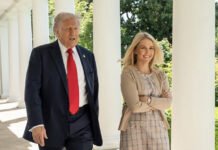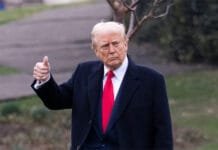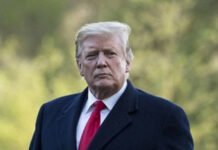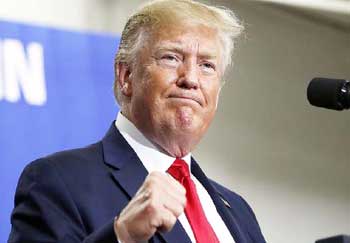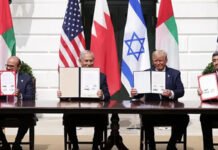Washington, D.C., November 10:
The President Donald J. Trump has unveiled a sweeping economic and trade agreement with China, signaling what he called a “new era of balanced trade and global responsibility.”
The landmark pact, confirmed through an official White House fact sheet, includes China’s commitment to halt exports of fentanyl precursors, a move long demanded by Washington amid the U.S. opioid crisis. The deal also removes export restrictions on rare earth elements, easing supply chain constraints for American industries dependent on high-tech materials.
Agriculture Takes Center Stage
A major highlight of the deal is Beijing’s commitment to purchase 12 million metric tons of U.S. soybeans through late 2025 — a move aimed at restoring confidence among American farmers hit by years of tariff-driven uncertainty. The agreement further includes the temporary suspension of tariffs on key U.S. agricultural products, providing relief to producers in the Midwest and Southern states.
“This is not just a trade deal — it’s a turning point for American workers, farmers, and innovators,” Trump said at the White House announcement, calling the pact “the most comprehensive trade realignment in modern history.”
Strategic and Economic Impact
Analysts view the agreement as both a political and economic triumph for the Trump administration. The rare earth clause could significantly reduce U.S. dependency on limited mineral suppliers, while the fentanyl provision marks a major stride in curbing synthetic drug flows.
Economists project the deal could inject tens of billions of dollars into bilateral trade, stabilize commodity markets, and bolster global investor confidence in late 2025.
Global Reactions and Market Mood
Initial reactions from global markets were upbeat. The Shanghai Composite and Dow Jones futures both posted modest gains, while agricultural commodity prices surged on news of renewed Chinese purchases. European and Indian observers called the deal a “strategic recalibration” between two economic superpowers.
Conclusion
The U.S.–China trade accord of 2025 stands as one of the most consequential agreements in recent memory — merging diplomacy, economic leverage, and public health commitments. Whether this renewed cooperation endures through the upcoming election cycle will shape not only global trade flows but the broader geopolitical balance in Asia and beyond.


